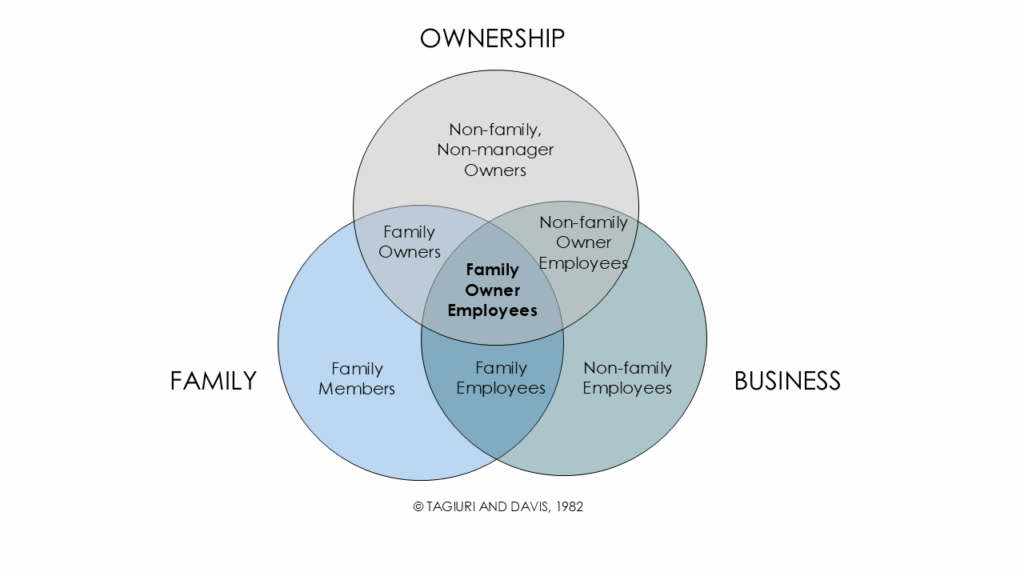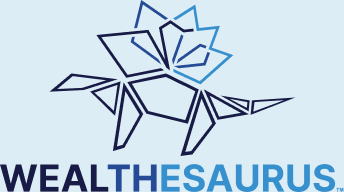A conceptual framework developed to clarify the three interdependent yet overlapping systems that make up a family business system.
The Three Circle Model is a widely-accepted framework developed to help explain the unique complexities of families in business. The three systems in the model are the Family system, the Business system, and the Ownership system, arranged in a Venn diagram:

Seven interest groups are represented in the system, each with unique characteristics, needs, interests, responsibilities, and areas of decision-making. The model helps demonstrate the interdependence of each component, why different members of the family business system may come into conflict with each other, and how to facilitate understanding among the various constituents.
The Three-Circle Model was originally developed by Renato Tagiuri and John Davis at Harvard Business School, captured in Davis’ 1978 doctoral dissertation. Its major improvement over prior models was the addition of the Ownership circle, beyond the typical understanding of only the Family and Business circles. Over the decades since its formulation, there have been many enhancements, commentaries, challenges, and new perspectives. One major extension has been to try to account for large family enterprises where the Business and Ownership circles have expanded to include trusts, foundations, family offices, and nonbusiness assets, more than just a business or operating company. Nevertheless, the Three Circle Model remains one of the most cited and fundamental frameworks describing important elements of a family business system.
See Also: Family Business and Family Enterprise
See References
Davis, John and Renato Tagiuri. “The Influence of Life Stages on Father-Son Work Relationships in Family Companies” Family Business Review. Volume 2, Issue 1. 1989. https://doi.org/10.1111/j.1741-6248.1989.00047.x
Davis, John A. “Fundamentals of Family Business System Governance.” Harvard Business School, 2007.
